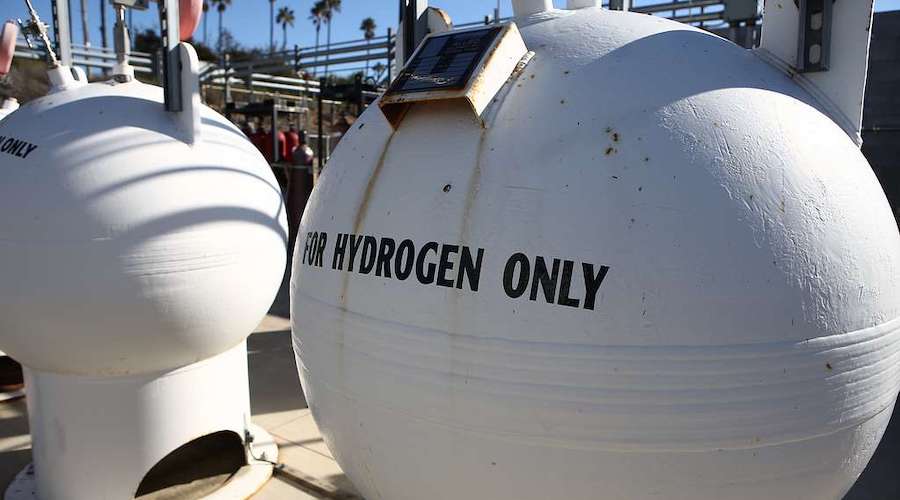
The Colorado School of Mines and the US Geological Survey (USGS) have established a joint industry program to study the potential of a low-carbon alternative energy source: geologic hydrogen.
Eight member companies are also supporting the initiative among them major players in the mining and energy industries and geologic hydrogen start-ups: BP, Chevron, Eden Geopower, Petrobras, Fortescue, Koloma, Hydroma USA, and HyTerra.
“With the combined expertise in electromagnetics, gravity and magnetics in mineral exploration and exploration seismology for natural gas at Mines, we are uniquely positioned to tackle the subsurface exploration research in geologic hydrogen,” Mengli Zhang, co-director of the Center for Gravity, Electrical and Magnetic Studies and co-lead of the new joint program, said in a media statement.
Zhang explained that geologic hydrogen is a naturally occurring gas with significant potential as an energy resource. It is also a resource that could help reduce the climate impact of many industries that cannot easily be electrified – everything from heavy duty transport such as air travel to steel manufacturing to industrial heating.
Most hydrogen today, however, is manufactured using natural gas, requiring large amounts of energy and releasing carbon dioxide that is often left unabated. Current methods for reducing the carbon footprint of producing hydrogen include capturing and storing the carbon dioxide produced, or by using renewable electricity to split water molecules – both more costly than traditional hydrogen manufacturing.
As an alternative, scientists with Mines and the USGS have begun investigating the hydrogen gas that naturally exists beneath the surface of the earth. Preliminary research suggests that vast quantities of hydrogen may exist in various rock formations, both in the United States and around the world.
In the first industry-supported hydrogen exploration consortium in the world, the researchers involved will advance the understanding of geologic hydrogen systems, as well as develop surface- and subsurface exploration technologies to locate the clean-burning gas beneath the ground.
“Fortunately, we are not starting from scratch here,” Geoffrey Ellis, a research geologist with the USGS Energy Resources Program and director of the new joint program, said. “We can adopt and adapt the learning that we have developed from many decades of research into other resources such as mineral resources, petroleum and geothermal energy.”
Ellis noted that the consortium’s research will focus on the development of four key areas:
“A major focus of the consortium is developing immediately deployable technologies,” said Yaoguo Li, professor of geophysics at Mines.
“There’s a need and desire for exploration technologies that can be applied by industry in the near future to contribute directly to the energy transition, as well as for strategies that can be used by society to tackle the challenges in mitigating climate change for better human life.”